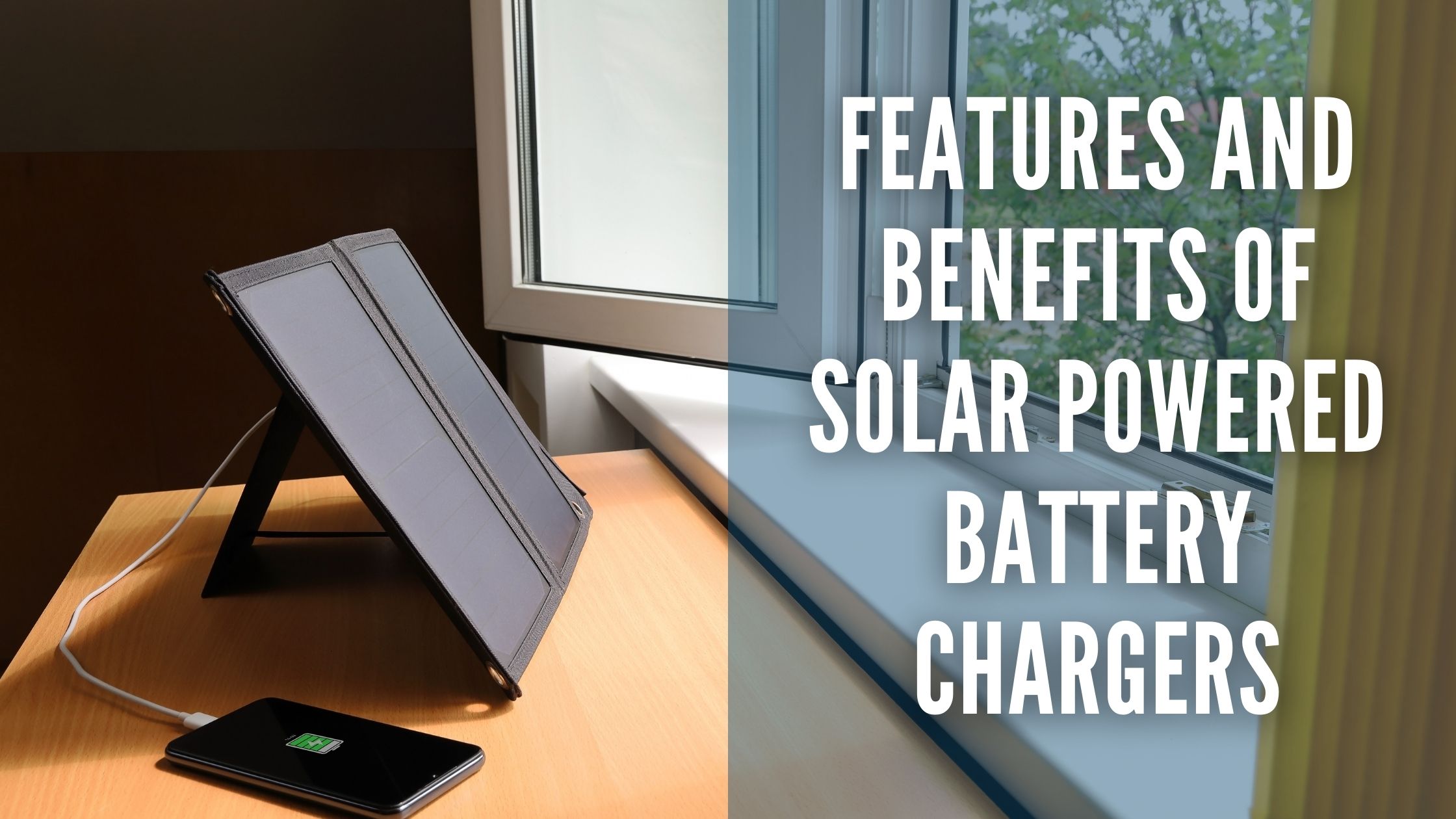


The sun can be considered the best source of energy anywhere if it is properly harnessed. It is an inexhaustible, renewable energy source like no other. That is why we have solar-powered devices in use now such as calculators, watches, and lights. Solar technology is still far from being the primary source of energy for most of our gadgets today, however; it can be used to recharge the batteries of these devices. They are called solar-powered battery chargers.
As the name suggests, these are battery chargers that are powered by solar energy. Practically any modern-day gadget you can think of (laptops, cell phones, PDAs, MP3 players, iPods, digital cameras, etc.) can be recharged using these chargers.
Nowadays, these have been integrated with other products as well such as cars and backpacks. Moreover, there are different voltage capacities available making it easier to purchase the chargers that will best fit our needs.
These battery chargers consist of solar panels that are composed of photovoltaic (PV) cell blocks which are responsible for producing electricity from the light of the sun. When the photons from sunlight hit the solar panels, they are absorbed by the PV cells. The cells are made up of semiconducting materials such as silicon. Two kinds of silicon can be used namely crystalline and amorphous, the latter of which is more durable, flexible, and cost-effective. The absorbed photons are then converted to electrons.
A chemical reaction occurs in batteries which transfers electrons to the electronic circuits of our devices. During this process, residual particles slow down and eventually halt the production of electrons. This discharge cycle is countered through the current produced by the solar panels wherein protons are drawn to the cells of the battery using the electrons’ attraction.
Most solar-powered battery chargers have 12 volts in terms of capacities but there are other voltage capacities such as 24V, 36V, and so on. There are also battery chargers as low as 3 volts that can be used to charge a 6-volt NiCad battery from a cell phone. Before buying one, make sure you do considerable research on what you need and don’t be afraid to ask a specialist.
It may be a little complicated to understand but knowing how it works is the first step towards appreciating it.
Using solar-powered battery chargers is a great alternative to conventional battery chargers. Here are some reasons why:
Can these solar battery chargers completely replace the chargers we’re using right now? If you ask me, I would have to say no.
Our devices currently consume a lot more energy than these chargers can compensate for. Time is gold and most people just don’t have the time to wait for the charging cycle to complete. However, like any breakthrough technology, you have to give it a chance to develop and improve and the best way to do that is to have consumers use it and give their feedback.
If there are hybrid cars, then there are also hybrid chargers. Hybrid technology is the answer to bridging the gap between what we’re used to and what we ought to get used to. Even if it has a premium price tag on it, the benefits speak for themselves.
About the Author: Jessica is a blog editor at Meiji Electric, the premier electrical supplier in the Philippines. She is a hands-on, technology-oriented girl and loves to tinker with the latest gadgets and equipment. She is also using the best traveling adapters for that on-the-go convenience.
